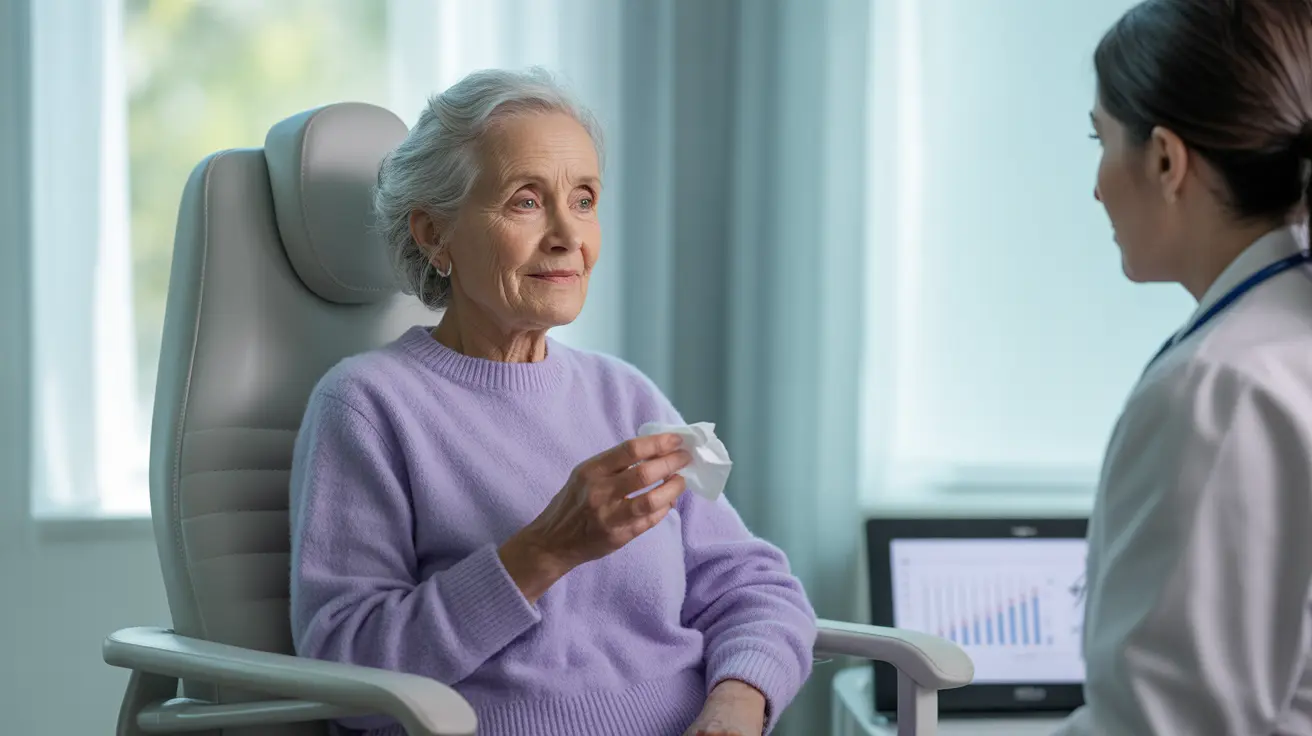Low hemoglobin levels in elderly females represent a significant health concern that often goes unrecognized or is mistakenly attributed to normal aging. This condition, which can significantly impact quality of life and overall health, requires careful attention and proper medical management.
Understanding the causes, symptoms, and treatment options for low hemoglobin in elderly females is crucial for both healthcare providers and families caring for older women. Early recognition and appropriate intervention can help prevent complications and maintain optimal health in the golden years.
Common Causes of Low Hemoglobin in Elderly Females
Several factors can contribute to low hemoglobin levels in older women:
- Nutritional deficiencies (particularly iron, vitamin B12, and folate)
- Chronic medical conditions
- Medication side effects
- Age-related changes in bone marrow function
- Chronic inflammation
- Unexplained blood loss
Understanding these underlying causes is essential for developing an effective treatment plan and preventing further complications.
Recognizing the Symptoms
Low hemoglobin levels can manifest through various symptoms that might be subtle or confused with normal aging:
- Persistent fatigue and weakness
- Shortness of breath, especially during physical activity
- Pale skin and mucous membranes
- Dizziness or light-headedness
- Cognitive difficulties or confusion
- Cold hands and feet
- Irregular heartbeat or chest pain
Diagnostic Approach and Testing
Proper diagnosis of low hemoglobin requires comprehensive medical evaluation:
- Complete blood count (CBC)
- Iron studies
- Vitamin B12 and folate levels
- Kidney function tests
- Assessment for underlying conditions
Treatment Strategies and Management
Treatment approaches typically involve addressing both the underlying cause and the hemoglobin deficiency itself:
Medical Interventions
Healthcare providers may recommend:
- Iron supplementation
- Vitamin B12 injections or supplements
- Folate supplementation
- Treatment of underlying medical conditions
- In severe cases, blood transfusions
Dietary Modifications
A well-planned diet can help maintain healthy hemoglobin levels:
- Iron-rich foods (lean meats, leafy greens, legumes)
- Vitamin B12 sources (fish, eggs, dairy products)
- Folate-rich foods (spinach, asparagus, citrus fruits)
- Vitamin C-rich foods to enhance iron absorption
Preventive Measures and Monitoring
Regular monitoring and preventive strategies are essential for maintaining healthy hemoglobin levels:
- Regular blood tests and check-ups
- Balanced nutrition
- Physical activity as tolerated
- Medication review to identify potential interactions
- Regular communication with healthcare providers
Frequently Asked Questions
What are the common causes of low hemoglobin levels in elderly females?
Common causes include nutritional deficiencies (particularly iron, B12, and folate), chronic diseases, medication side effects, and age-related changes in bone marrow function. Chronic inflammation and unexplained blood loss can also contribute to low hemoglobin levels.
How can anemia in elderly females be effectively treated and managed?
Treatment typically involves addressing the underlying cause while supplementing with iron, vitamin B12, or other necessary nutrients. Regular monitoring, dietary modifications, and in severe cases, blood transfusions may be necessary. A comprehensive treatment plan should be developed with a healthcare provider.
What are the typical symptoms of anemia in older adults that are often mistaken for normal aging?
Common symptoms include fatigue, weakness, shortness of breath, dizziness, cognitive difficulties, and pale skin. These symptoms are often dismissed as normal aging but should be evaluated by a healthcare provider.
Can a diet rich in iron and vitamin B12 help prevent or improve anemia in elderly women?
Yes, a well-balanced diet rich in iron, vitamin B12, and folate can help prevent and improve anemia. However, dietary changes alone may not be sufficient, and medical evaluation is necessary to determine if supplements or other treatments are needed.
What are the potential complications of untreated anemia in elderly females and how can they be avoided?
Untreated anemia can lead to cardiac problems, cognitive decline, increased fall risk, and reduced quality of life. Regular medical check-ups, proper nutrition, and prompt treatment of underlying conditions can help avoid these complications.




